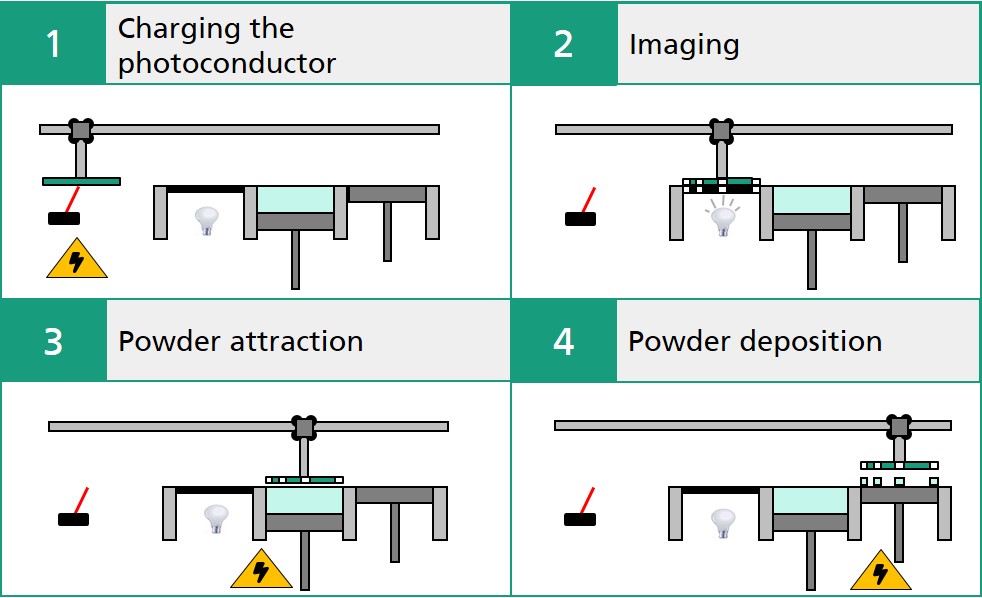Challenges in laser beam melting
The increasing industrial relevance of laser powder bed-based fusion (LPBF) for the production of metallic components has not only led to new developments in recent years but has also highlighted the resulting limitations in research and fields of action. In particular, the processing of different materials in additive manufacturing requires a rethinking of previous powder application mechanisms. The essential technological development fields can be summarized under multi-material processing, the expansion of the processable particle spectrum, and the increase in the application modules' efficiency. Conventional application systems such as the doctor blade and nozzle principle are reaching their limits in these areas. Challenges are shown, among other things, by application difficulties of powders with low flowability (e.g., water-atomized) or for powders with deviations from the established particle size and particle size distribution. Since powder transport with an electrophotographic powder application module (EPAMO) is based on the attraction of electrostatic charge, this mechanism is said to be independent of flowability while at the same time providing high local resolution as well as high throughput.




